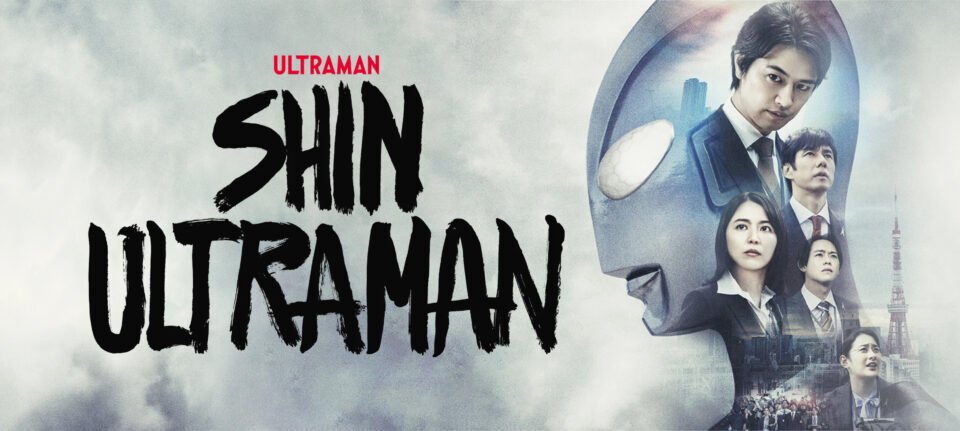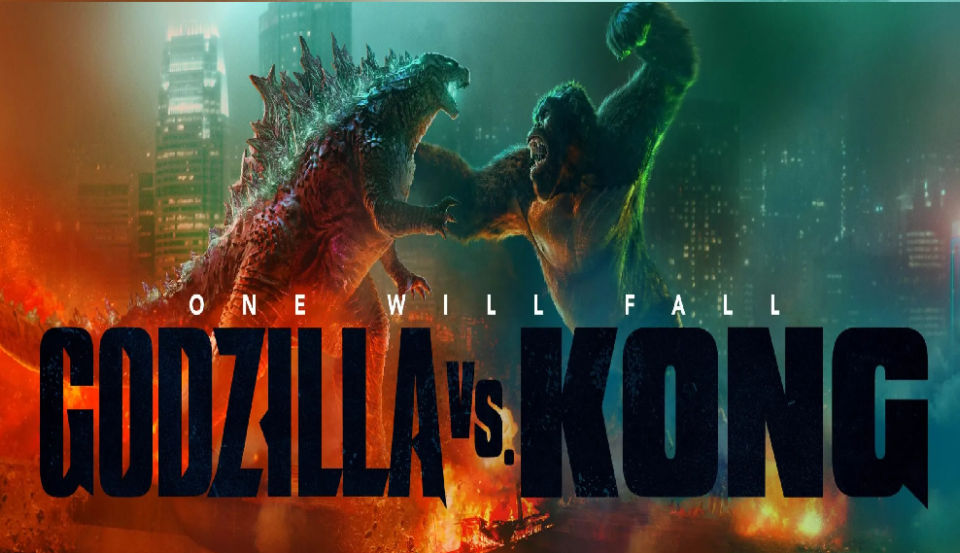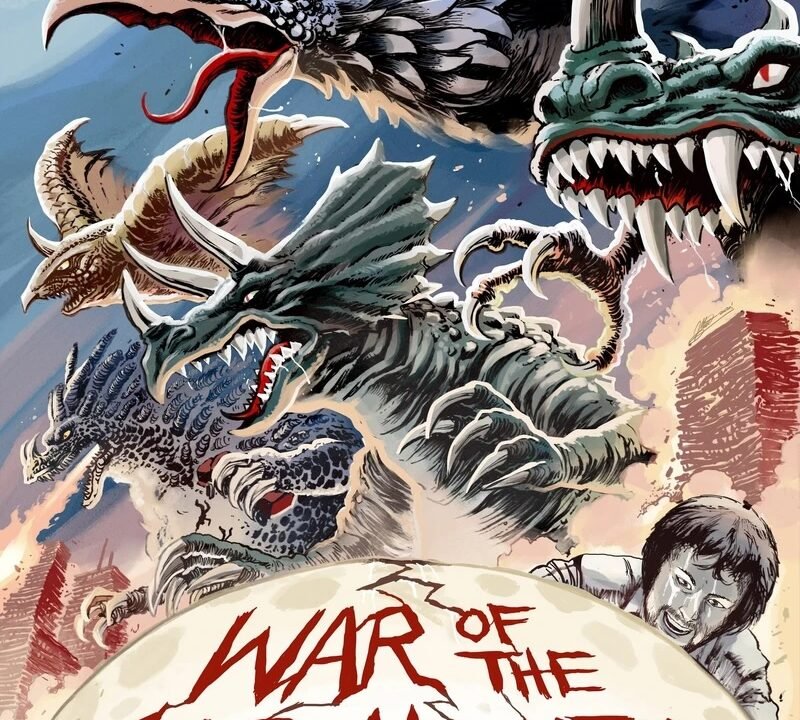Planet X Control Room: Episode 51
December 28, 2013Rebirth of Mothra Review
January 5, 2014 When I was younger, I never thought highly of Godzilla 1985. At the age of 9, the movie was too dark and grim. Since then, I have become a huge fan of this movie. Probably due to being exposed to many other films, in general, since my first few viewings of this movie and finding that I have a knack for dark, gritty, grim movies.
When I was younger, I never thought highly of Godzilla 1985. At the age of 9, the movie was too dark and grim. Since then, I have become a huge fan of this movie. Probably due to being exposed to many other films, in general, since my first few viewings of this movie and finding that I have a knack for dark, gritty, grim movies.
I have seen the Japanese version of this film as well and, to prevent myself from writing an exhausting review by comparing and contrasting the different edits throughout the film, I will solely stick to this, the U.S., edit of the film when reviewing. However, I will make a few mentions of the Japanese film when appropriate.
Synopsis: A Japanese shipping vessel is caught in the middle of a horrible storm in the Pacific Ocean 100 miles south of Tokyo. A flash comes from a nearby island and the island begins to crumble. Before the crew can see what it is, a loud roar is heard along with a blinding light.
Goro Maki, a reporter, comes across the vessel. The entire crew is dead except for Ken Okumura, who tells Goro that a giant monster attacked the ship. Goro is forbidden to write his story on the vessel due to widespread panic being a result of his publishing the article. To replace his Godzilla article, in the meantime, Goro visits Professor Hyashida to discuss mutations. Goro brings up Godzilla and realizes that Hyashida is aware of the incident involving the vessel.
Ken’s sister, Naoko, works for Hyashida and Ken is ordered, by the Professor, not to tell her that her brother is alive and well. Of course, Goro makes it known to Naoko that her brother is alive and she goes to visit him at the hospital.
Meanwhile a Soviet submarine is patrolling the Pacific. Suddenly, it is attacked by an object that continues to move towards them even after they fire a couple of  torpedoes. The U.S. military is notified and has a sonar photo of the object that attacked the sub. Even the Japanese Prime Minister now realizes that Godzilla is the culprit and the public should be notified. He brings Soviet and U.S. ambassadors together to figure out a solution in ridding of Godzilla. Nuclear weapons are the solutions both the U.S. and Soviet ambassadors bring to the table. Japan, however, will have none of it.
torpedoes. The U.S. military is notified and has a sonar photo of the object that attacked the sub. Even the Japanese Prime Minister now realizes that Godzilla is the culprit and the public should be notified. He brings Soviet and U.S. ambassadors together to figure out a solution in ridding of Godzilla. Nuclear weapons are the solutions both the U.S. and Soviet ambassadors bring to the table. Japan, however, will have none of it.
Professor Hyashida, Goro, and Naoko develop a device to mimic bird sounds that lured Godzilla away from a nuclear power plant earlier. The idea is to make a larger device near the edge of the Mt. Mihara volcano to lure Godzilla into it.
Meanwhile, Godzilla makes landfall on Tokyo and begins his destruction. Right before a Soviet commander dies on a ship that contains a launching device for a nuclear missile housed in space, he launches the missile towards Tokyo; hoping it will destroy Godzilla. In the meantime, Godzilla battles the Super X; a weapon that houses a powerful beam and a number of cadmium missiles. At first, it seems as if the Super X may have defeated the kaiju. But when the U.S. launched a missile to destroy the Soviet incoming missile, which succeeds in destroying the Soviet missile, the nuclear fallout creates a lightning storm that resurrects the kaiju. Godzilla takes the Super X head-on and finishes it off by toppling a skyscraper onto the machine.
Godzilla takes notice of the high frequency signal being sent from Mt. Mihara and travels to the volcano. Eventually, Godzilla falls into the volcano, presumably killed. The world watches on as Godzilla gives a screeching cry as he tumbles into the volcano.
Story: Here is where I am going to, quickly, make a comparison between the U.S. and Japanese edits: The U.S. edit runs at 91 minutes while the Japanese cut runs at 103 minutes. Right away, it’s obvious that the U.S. edit cut out a chunk of the film. Of course, additional U.S. scenes were filmed with the great, late Raymond Burr and a host of other actors. When taking that into account, there was much more film that was cut out than 12 minutes worth.
There are pluses and minuses to this. The Japanese cut, I am going to say right now, is a superior film. It had a deeper story with rich characterization; but it did drag a bit in some areas. The U.S. edit is more streamlined and gets to the point. However, this is at the expense of characterization and the story to some extent. Of course, the U.S. edit makes the Soviet commander look like he launched the missile on purpose when, in the Japanese cut, he was launching the counter missile.
 Now I am solely going to focus on what we are given with this film.
Now I am solely going to focus on what we are given with this film.
Having Raymond Burr reprise his role as Steve Martin (or Mr. Martin as he’s known here, because the comedian, Steve Martin, was very prominent by this time) is a real treat. Sadly, his character doesn’t do much as he is reduced to being the expert for the U.S. military on Godzilla; essentially tell them that there is no way Godzilla can be destroyed.
The dark tone is very appropriate for the film as this is definitely an attempt to return to Godzilla’s roots. The film, of course, is a sequel to the 1954 film and the Cold War tensions were ripe enough to make Godzilla’s nuclear allegorical roots relevant once again after a nine year hiatus (ten if you count the year it arrived in the U.S.).
The grim tone is present throughout the entire film, but there are the occasional moments of tension-easing when one of the soldiers makes the occasional smartaleck remark. Did I mention that Dr. Pepper product placement is very present during the U.S. scenes?
As an adult, I do love the darkness of the story and how that alone makes an attempt at returning Godzilla to his roots. The story does a very good job at capturing some of that original tension that was present in 1954. Of course, it isn’t going to be quite the same.
Special Effects: The effects are amped for this installment. Teruyoshi Nakano, who did the effects for the latter batch of Godzilla films in the Showa era, does his best job here. Of course he has a larger budget to work with this time as well. The miniature work is extremely realistic and Godzilla’s appearance is menacing.
Godzilla’s look seems to be an attempt at slightly mirroring the Godzilla from 1954. But this incarnation isn’t tremendously great either. The teeth are too thin and stick-like, the Cybot Godzilla, used for many of the Godzilla close-ups, is off-putting in some scenes. The head, while menacing, seems to be a bit large as well.
Despite those issues with the Godzilla look, which I can easily overlook, the effects work is brilliant and some of the best in the entire franchise. Much of the practical effects hold up well even today.
Acting: Outside of Raymond Burr, we get Hiroshi Koizumi and Yosuke Natsuki returning for this film. Natsuki, playing Hyashida, obviously is one of the stars of the  film while Koizumi gets a bit role playing Professor Minami in the middle portion of the film.
film while Koizumi gets a bit role playing Professor Minami in the middle portion of the film.
Ken Tanaka does a wonderful job as Goro. He plays the pompous and inquisitive aspects of his character very well and is able to be a strong lead when appropriate.
Yasuko Sawaguchi, who will return in Godzilla vs. Biollante but playing as a different character, does a good job here. Sadly, she isn’t in the film too terribly much, but we get the hint that she has a stronger side to her than what was shown. Most of what we get out of her is emotional highs: Seeing her brother in the hospital and motioning for the chopper to pick them up. Otherwise, she is straight-face. The Japanese cut utilized her more fully. She had more depth. Unfortunately, she is just here for the sake of being here and as a mild love interest for Goro.
The acting is very good despite some of the dubbing being a bit over-the-top at times; which, sadly, can make the acting seem bad. If you look past the dubbing, the acting is superb and, in my opinion, the best we get out of the Heisei era (even though this film is technically in the Showa era).
Battles: With the movie running at a brisk pace, it certainly doesn’t take the film long to throw us into the action. When I was younger, I thought the JSDF vs. Godzilla battles were bland and uninteresting, with the exception being Godzilla’s battles with the Super X.
But the effects work is so good that, as I’ve gotten older, I’ve gotten to appreciate these scenes so much more as I am able to pick up on things I couldn’t as a youngster. The scale of downtown Tokyo is very grand and Godzilla making his way through the city is a city to behold. Not only that, his battles with a couple of maser tanks and the Super X in the confines of downtown Tokyo make the scenes awe-inspiring. We don’t get too many of these moments in the franchise. The only other Heisei films that did something like this, on this scale, are Godzilla vs. King Ghidorah and Godzilla vs. Spacegodzilla.
 These are some of the most exciting battles between Godzilla and the JSDF in the entire franchise.
These are some of the most exciting battles between Godzilla and the JSDF in the entire franchise.
Human Drama: Very rarely are the characters’ stories centered around what the kaiju actions. This is one of those few films where, very rarely, are their actions not based around the kaiju. For this genre, generating characters, whose actions aren’t taking up film time, is a hard thing to do. That’s a testament to good writing as most kaiju films feel the need to really wander off the premise of the story to develop characters instead of developing them within the confines of the kaiju actions.
This is what helps to suck the audience into the film and to build excitement. If the audience can feel the tension with the characters, then the writers did a good job.
Overall: Godzilla 1985 is a fun film. While the U.S. edit hampered some of the richer story elements of the original cut, it streamlines the story at a pace that is a bit more appropriate. The occasional bits at humor are slightly ridiculous but nothing that hurts the film tremendously.
The effects work is superb and the Godzilla design, while having some issues, does work out well and mirrors the 1954 design enough to be called a mild homage. The acting is well done and the tone helps to keep the viewer in a state of tension that we hardly get in this franchise, or genre, in general.
Seeing Raymond Burr again is a real treat, but, again, he doesn’t do much. Nevertheless, seeing an actor reprise an old role is always neat for the fans.
This is a Godzilla movie I have found myself watching over and over again recently. The reasons are what I have stated throughout this review: awesome effects; great acting; a dark, grim, gritty story; and battles that are confined in the magnificent miniature work. Godzilla 1985 is a film that every Godzilla fan should check out and be able to find some thing incredibly grand in this film. It’s a shame that Koji Hashimoto, for whatever reasons, never directed another Godzilla film. I believe he could have made the franchise a wonderful homage to the original if he were to have gone on to do sequels.
[include id=”18″ title=”Kent Godzilla 1985 Review”]




